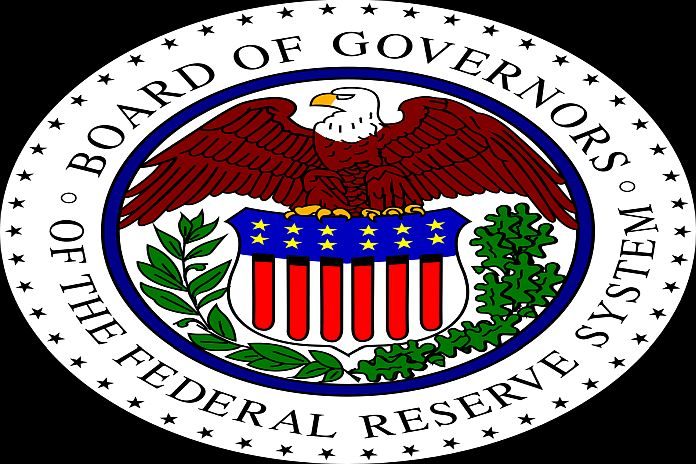WASHINGTON, USA —The board of governors of the Federal Reserve System and the Federal Deposit Insurance Corporation has announced the annual adjustment to the asset-size thresholds used to define small bank and intermediate small bank under the Community Reinvestment Act (CRA) regulations.
The annual adjustments are required by the CRA rules. Financial institutions are evaluated under different CRA examination procedures based upon their asset-size classification. Those meeting the small and intermediate small institution asset-size thresholds are not subject to the reporting requirements applicable to large banks unless they choose to be evaluated as a large institution.
Annual adjustments to these asset-size thresholds are based on the change in the average of the Consumer Price Index for Urban Wage Earners and Clerical Workers (CPI-W), not seasonally adjusted, for each 12-month period ending in November, with rounding to the nearest million.
As a result of the 1.29 percent increase in the CPI-W for the period ending in November 2020, the definitions of small and intermediate small institutions for CRA examinations will change as follows:
- “Small bank” means an institution that, as of December 31 of either of the prior two calendar years, had assets of less than $1.322 billion.
- “Intermediate small bank” means a small institution with assets of at least $330 million as of December 31 of both of the prior two calendar years and less than $1.322 billion as of December 31 of either of the prior two calendar years.
These asset-size threshold adjustments are effective January 1, 2021. The agencies will publish the final rule in the Federal Register. In addition, the agencies will post a list of the current and historical asset-size thresholds on the website of the Federal Financial Institutions Examination Council (https://www.ffiec.gov/cra).





